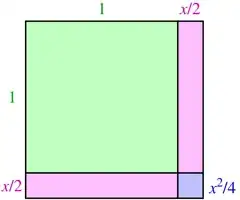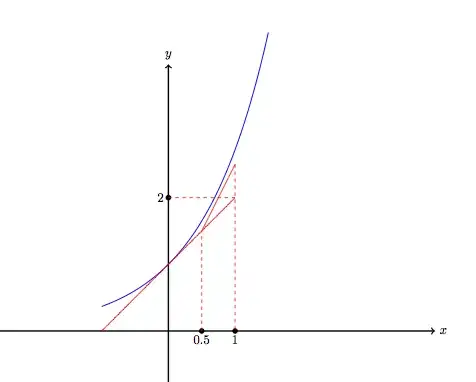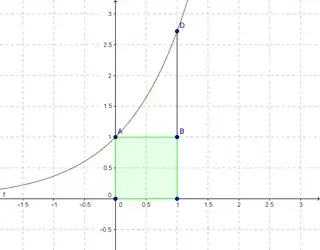Q: Prove that $e>2$ geometrically.
Attempt: I only know one formal definition of $e$ that is $\lim_\limits{n\to\infty} (1+\frac{1}{n})^n=e$. I could somehow understand that this is somehow related to rotation in the complex plane. $$e^{i\theta}=\cos \theta + i \sin \theta$$ Hence we have $$e^{i\pi}=-1$$ But how can I bring out the value of $e$ when I am showing this rotation in a geometrical figure?
Any hints are appreciated.
EDIT: As per the comments, I am making a small addition to the question which will not affect the existing answers. It is that, as a definition of $e$, one can use any definition which does not use the fact $2<e<3$.


